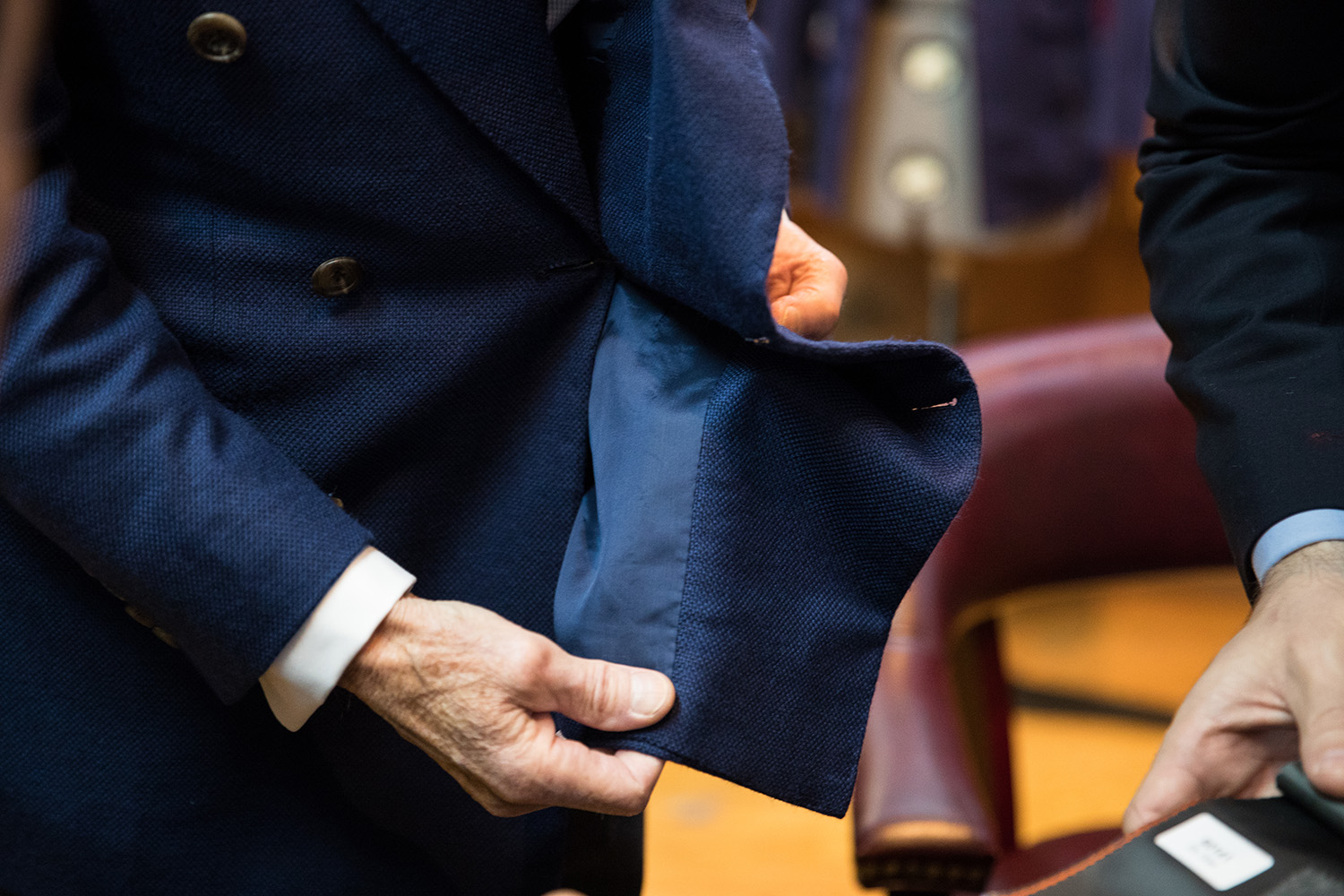Table of Contents
The fashion industry is a dynamic realm, constantly evolving in response to cultural shifts, technological advancements, and societal demands. Designers are not only artists; they are also influencers and visionaries who reflect the world around them through their creations. As the landscape changes, several trends emerge that are shaping the future of fashion design. Here’s a look at the most significant trends influencing the industry today.
Fashion Sustainability Focus
One of the most powerful movements currently reshaping fashion is the fashion sustainability focus. As consumers become more conscious of their environmental impact, designers are adopting sustainable practices to minimize waste and promote ethical production. This trend is not merely a passing phase; it signifies a transformative shift in how the industry operates.
Designers are increasingly opting for eco-friendly materials such as organic cotton, recycled polyester, and innovative fabrics made from biodegradable materials. Brands are prioritizing transparency in their supply chains, giving consumers insight into how their garments are made. This newfound commitment to sustainability is not just about aesthetics; it’s about cultivating a lifestyle that respects the planet.
Additionally, many designers are embracing circular fashion principles, which encourage recycling and upcycling. By reimagining old garments and materials, they create unique pieces that tell a story while reducing waste. This approach fosters creativity and innovation, demonstrating that sustainability and style can coexist harmoniously.
Tech-Driven Design Evolution
The tech-driven design evolution is another trend making waves in the fashion industry. Technology is revolutionizing every aspect of fashion, from design processes to customer experiences. With the rise of digital tools, designers are exploring new ways to create, market, and sell their collections.
One significant development is the use of 3D printing technology. This allows designers to prototype and produce garments with incredible precision and efficiency. 3D printing reduces material waste and enables the creation of intricate designs that would be difficult or impossible to achieve through traditional methods.
Moreover, augmented reality (AR) and virtual reality (VR) are becoming integral to the shopping experience. Brands are utilizing these technologies to create immersive experiences that allow customers to try on clothes virtually, enhancing convenience and engagement. This tech-savvy approach not only attracts a younger audience but also bridges the gap between online and in-store shopping.
Social media platforms have also played a pivotal role in reshaping the fashion landscape. Influencers and digital content creators now hold significant sway over consumer preferences. Designers must navigate this new reality, crafting campaigns that resonate with their target audiences while leveraging the power of social media to amplify their reach.
Diversity in Fashion
The fashion industry is gradually recognizing the importance of diversity in fashion. This trend is reshaping how designers create collections and present them on runways. There is a growing demand for representation across various dimensions, including race, body type, gender, and age.
Inclusive design goes beyond just using diverse models; it encompasses the creation of garments that cater to a wide range of body shapes and sizes. Designers are beginning to embrace this challenge, offering extended size ranges and creating styles that flatter and empower everyone. This commitment to inclusivity fosters a sense of belonging and ensures that all consumers feel seen and valued.
Furthermore, the industry is witnessing a surge in collaborations with underrepresented designers and artists. By amplifying diverse voices, the fashion world can challenge stereotypes and break down barriers. This cultural shift not only enriches the design landscape but also reflects the diverse tapestry of society.
Cultural Influences on Design
Fashion has always been a mirror reflecting the cultural zeitgeist, and the current landscape is no exception. Cultural influences on design play a significant role in shaping collections, with designers drawing inspiration from various traditions, art forms, and historical contexts.
As globalization continues to blur geographical boundaries, designers are increasingly incorporating elements from diverse cultures into their work. This cross-pollination of ideas leads to vibrant, eclectic collections that celebrate heritage while pushing creative boundaries. However, it’s essential for designers to approach cultural influences with respect and authenticity, avoiding appropriation and instead honoring the origins of their inspirations.
Collaborations with local artisans and craftsmen also play a crucial role in this trend. By working with skilled individuals from different cultural backgrounds, designers can create unique pieces that reflect authentic stories and craftsmanship. This approach not only adds depth to the collection but also supports local communities and preserves traditional techniques.
Conclusion
The fashion industry is at a pivotal juncture, shaped by trends that reflect the complexities of modern society. The fashion sustainability focus, tech-driven design evolution, diversity in fashion, and cultural influences on design are not just passing fads; they represent a fundamental shift in how fashion is conceived and consumed. Designers who embrace these trends will not only enhance their creative output but also contribute to a more inclusive and sustainable future in the fashion world. As the industry continues to evolve, it will be exciting to see how these trends further shape the fabric of fashion, creating a landscape that is as vibrant and diverse as the world it represents.


More Stories
Exclusive Interview with a Revolutionary Fashion Designer
Becoming a Fashion Designer: What It Takes
Fashion Designer Hacks to Elevate Your Wardrobe